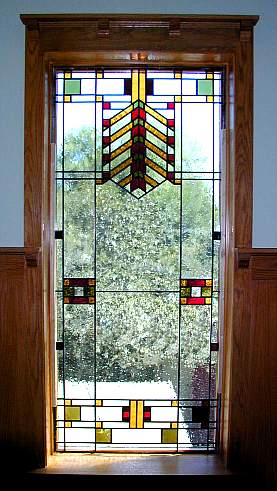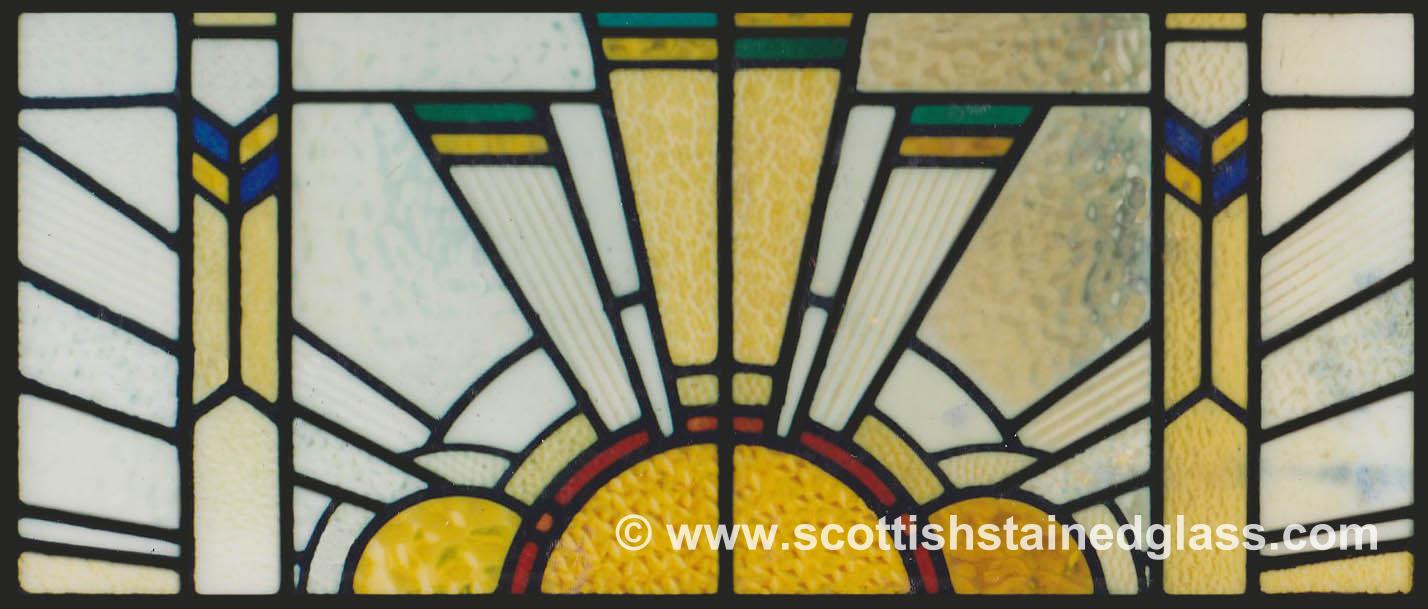
The medium, they say, satisfies both a need for warm, vivid illumination in an era that can feel shadowy, and the desire to see, amid the machine-polished surfaces of contemporary life, the mark of the human hand.
#Frank lloyd wrightchurch stained glass design windows#
NOW, A NEW GENERATION of artists and designers is turning again to stained glass, choosing it not merely for windows and screens, but for objects. He referred to them as “light screens,” a means, he noted, for “opening up space.” The Midwestern architect Frank Lloyd Wright, inspired by the angles and colors of the Vienna Secession and the milky light of Japanese shoji screens, began using ribbons of glass punctuated by small geometric details in autumnal tones of pumpkin and wheat for his doors and windows.

Even the Modernists came to embrace its chromatic vitality: Josef Albers, the German-born American abstractionist and poet, who helmed the Bauhaus’s stained-glass studio, turned out gridlike screens resembling patchworks of colorful chessboards. Morris made panes fashionable in the houses of the Victorian era, in shades of aquamarine, Kelly green and tangerine, to filter whatever sun could be found - a literal and figurative embodiment of enlightenment and, too, a canvas for his medieval motifs.īy the end of the century, when Louis Comfort Tiffany, the son of the founder of the jewelry empire, pioneered a new technique to make luminescent, opaque glass for vases and domed lamps with cast-bronze bases, the rebirth of stained glass as a secular material seemed complete. Though ubiquitous in churches since the High Middle Ages, when stained-glass windows taught the congregation Bible stories through imagery, it waned with the rise of unadorned Protestantism in the late 17th century. Stained glass - made then and now with sand, potash (mined potassium salts) and metallic oxides for color, heated to 3,000 degrees to create sheets, then sliced into shapes and soldered together with lead, zinc, copper or iron - was primed for resurrection.

Dismayed by the mass production of the Industrial Revolution, he intended his Arts and Crafts movement to encourage a return to traditional techniques and materials.

IT WAS THE 19TH-CENTURY designer-cum-social-activist William Morris who first brought stained glass back from the dead.


 0 kommentar(er)
0 kommentar(er)
